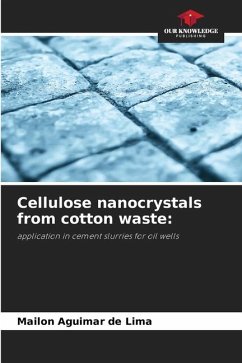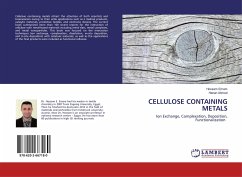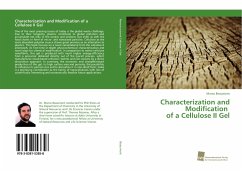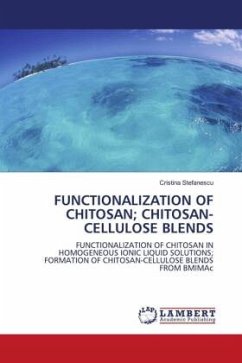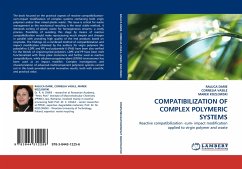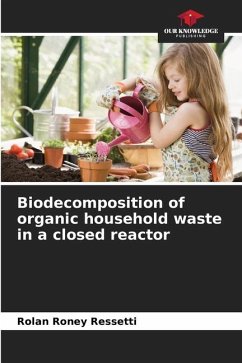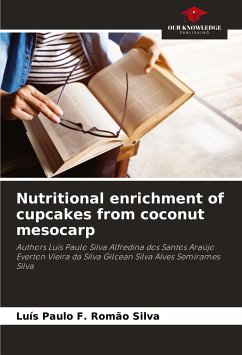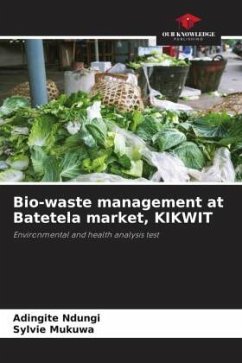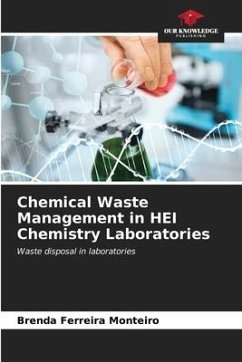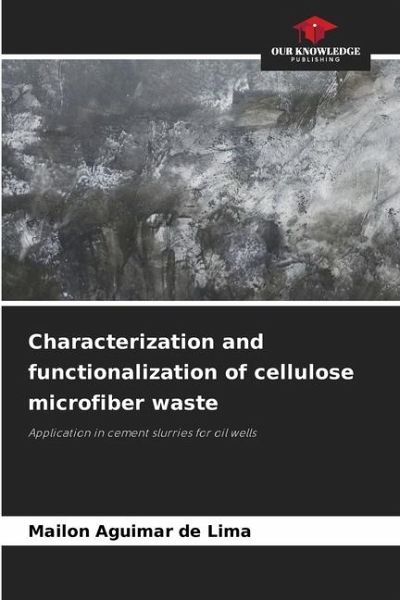
Characterization and functionalization of cellulose microfiber waste
Application in cement slurries for oil wells
Versandkostenfrei!
Versandfertig in 6-10 Tagen
40,99 €
inkl. MwSt.

PAYBACK Punkte
20 °P sammeln!
This study evaluated the influence of adding different levels and sizes of cotton cellulose waste, generated from the sanding process, as a reinforcing material in Special Class CPP cement matrices for oil wells. The fibre was functionalized with the polyelectrolyte poly diallyl dimethyl ammonium (PDDACl). The cement matrix was evaluated using the diametrical compression tensile strength test (DCT). The type of fibre was assessed: raw or functionalized; concentration: 0.5 and 1.0% and granulometry: coarse (retained on a 14 mesh sieve) and fine (passing through a 28 mesh sieve) in cement matric...
This study evaluated the influence of adding different levels and sizes of cotton cellulose waste, generated from the sanding process, as a reinforcing material in Special Class CPP cement matrices for oil wells. The fibre was functionalized with the polyelectrolyte poly diallyl dimethyl ammonium (PDDACl). The cement matrix was evaluated using the diametrical compression tensile strength test (DCT). The type of fibre was assessed: raw or functionalized; concentration: 0.5 and 1.0% and granulometry: coarse (retained on a 14 mesh sieve) and fine (passing through a 28 mesh sieve) in cement matrices with 7 days of curing. The analyses showed that the PDDACl adhered to the surface of the waste by physical adsorption. The mechanical tests showed a gain in compressive strength associated with the content, concentration and functionalization or not of the residue. It can therefore be concluded that the functionalized cellulosic residue shows great potential for application in cement pastes for cementing wells, given the significant increase in the gain in tensile strength by diametrical compression, even with a low content of the residue used.





